5 Ways To Perfect Your Plank And Strengthen Your Entire Body

The plank - it’s one of those exercises that should never be missed. Why? Because it works every core muscle, as well as the muscles in the back, the shoulders, hips, and legs. And while most traditional core exercises train the core through movement, the plank on the other hand trains the core to resist movement by keeping the body as stable as possible for a period of time. This builds strength, balance and stability, which will help with your compound lifts like the deadlift and bench press.
Because there is no spinal flexion involved, planks are also a fantastic alternative for those who find that exercises like sit-ups put too much pressure on the back. Basically, they’re a challenging exercise and well worth adding to your training routine.
Here are our 5 top tips for getting it right:
1. Think Hips
When holding your plank, tuck your hips under and slightly curled upwards towards your belly button. This helps to engage the abs and keeps the core braced and absolutely solid.
2. Elbows Over Shoulders
The positioning of your arms and hips is key. Make sure your elbows are in line with your shoulders by positioning them directly under them. This puts your body in a solid straight line and keeps the tension perfectly placed on your core and therefore it’s fully switched on.
3. Keep Your Back Straight
Arching your back, having the hips too high or extending the neck by looking upwards shifts the tension away from the core and exposes the lower back to injury risk. It also puts unnecessary tension on the legs, back and arms. Excess sagging of the pelvis also shows a weakness in the lower abdominals so as soon as you feel your hips lower, take a break, reset and then go again.
4. Keep An Eye On Your Shoulders
Don’t let them round or protrude above the ribcage on the back. This usually happens if you have a weak serratus anterior – the muscle that runs from the rib cage to the shoulder blade. Shoulders should be neutral and slightly protracted (pushed forward) and not retracted (squeezed backwards). To help this, think about creating length in the body as you hold yourself still.
5. Keep The Neck Aligned
Looking forward when in a plank will put unnecessary strain on the neck, so ensure a neutral spine by tucking the chin and looking straight down to the floor. Avoid looking up or forward.
Summary
If you're not including the plank - now's your time to make the change.
Here are a few things to consider:
- Protect your neck - tuck your chin in slightly rather than looking forward or up
- Align your elbows with your shoulders - shift your weight slightly forward or back until they are
- Focus on hip positioning - don't let them sag or push them up too high
- Engage your core - protect your lower back by pulling your belly up towards the spine
- Avoid rounding the shoulders up - this puts all the pressure on your upper back and shoulders rather than your core
Challenge Yourself
Why not start with a 60-second hold? The first 10 to 20 seconds will feel like a breeze but soon your forearms and toes will wobble and your abs will start to ache. Hang on in there…
If you'd like to work with certified professionals to have an optimal workout plan that focuses on aesthetics and long-term health alongside nutrition, schedule a free call with us.


